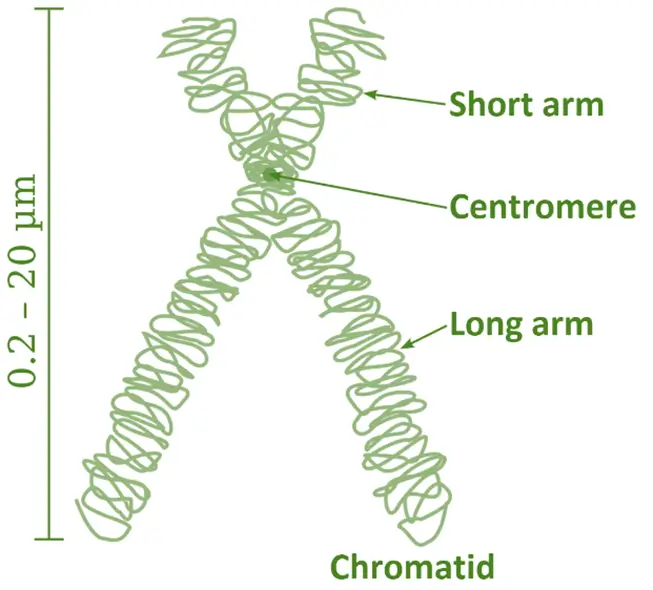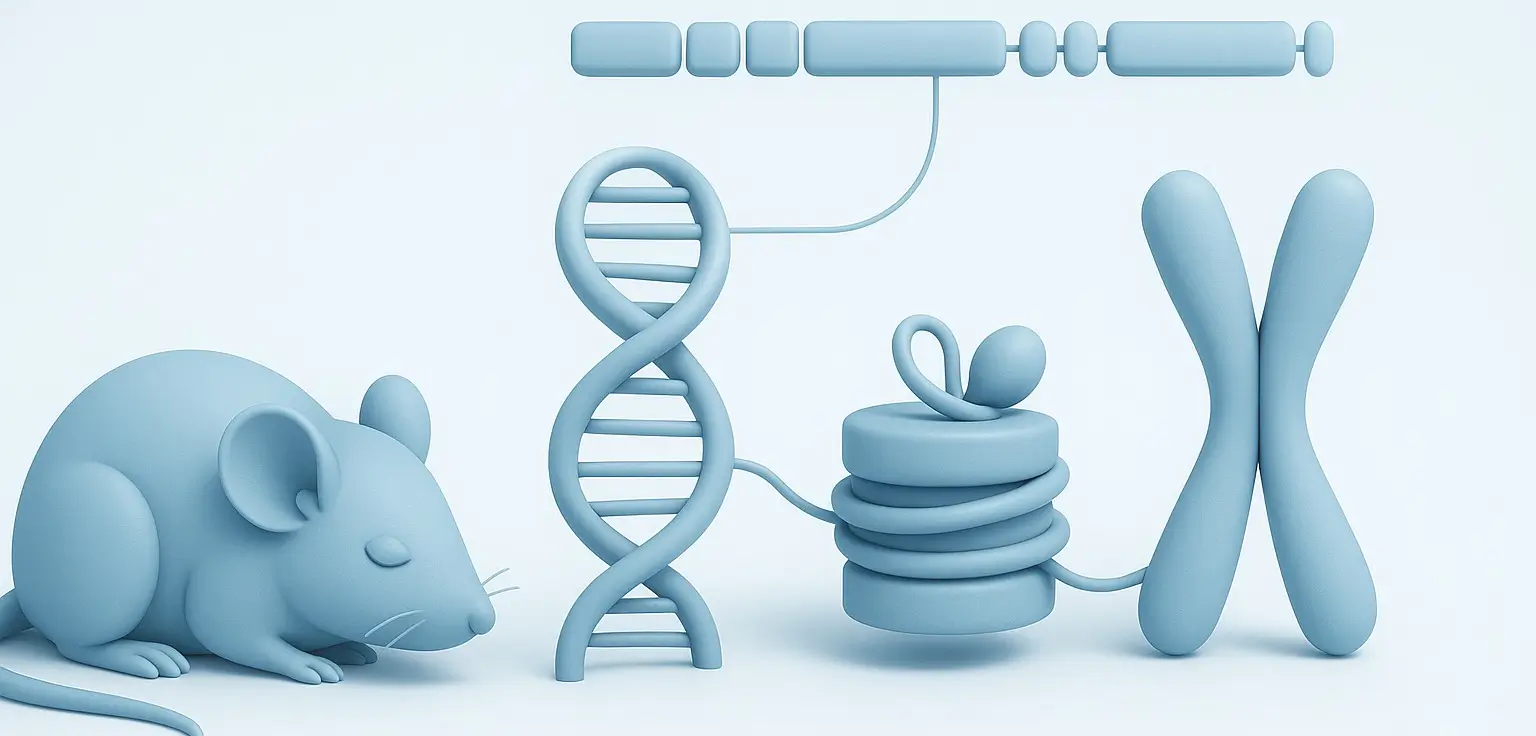The mammalian genome is a highly complex and organized structure, containing all the genetic information necessary for the development, functioning, and reproduction of the organism.
Mammalian genome is composed of DNA (deoxyribonucleic acid) and is packaged into chromosomes within the nucleus of the cell.
Key Components of the Mammalian Genome
-
DNA Structure of Mammalian genome
- Double Helix: The basic structure of DNA is a double helix, consisting of two complementary strands of nucleotides.
- Nucleotides: Each nucleotide is composed of a phosphate group, a deoxyribose sugar, and one of four nitrogenous bases (adenine, thymine, cytosine, guanine).
-
Chromosomes
- Number and Types: Mammals typically have a diploid set of chromosomes, with humans having 46 chromosomes (23 pairs). These include 22 pairs of autosomes and one pair of sex chromosomes (XX or XY).
- Structure: Each chromosome consists of a single, continuous molecule of DNA, which is associated with proteins (histones and non-histone proteins) that help in packaging and managing the DNA.
-
Chromatin
- Euchromatin: Less condensed form of chromatin, typically associated with actively transcribed genes.
- Heterochromatin: Highly condensed form of chromatin, often found at centromeres and telomeres, usually transcriptionally inactive.
-
Genes of Mammalian genome
- Exons and Introns: Genes are composed of exons (coding sequences) and introns (non-coding sequences). Exons are expressed as proteins, while introns are spliced out during RNA processing.
- Regulatory Regions: Promoters, enhancers, and silencers are sequences that regulate gene expression by influencing the binding of transcription factors and RNA polymerase.
-
Non-Coding DNA
- Introns: Non-coding sequences within genes.
- Intergenic Regions: DNA sequences located between genes, which can contain regulatory elements.
- Repetitive DNA: Includes tandem repeats (e.g., microsatellites) and interspersed repeats (e.g., transposable elements like LINEs and SINEs).
-
Functional Elements
- Promoters: DNA sequences where RNA polymerase and transcription factors bind to initiate transcription.
- Enhancers: Regulatory DNA sequences that can increase the transcription of nearby genes.
- Silencers: Regulatory DNA sequences that can repress the transcription of nearby genes.
- Insulators: DNA sequences that can block the interaction between enhancers and promoters.
-
Epigenetic Modifications
- DNA Methylation: Addition of methyl groups to cytosine residues, often leading to gene silencing.
- Histone Modifications: Acetylation, methylation, phosphorylation, and other modifications of histone proteins, affecting chromatin structure and gene expression.
Chromosomal Structure and Packaging

-
Nucleosome of Mammalian genome
- Basic Unit: The nucleosome is the fundamental unit of chromatin, consisting of a segment of DNA wrapped around a histone octamer (two each of H2A, H2B, H3, and H4).
- Linker DNA: DNA between nucleosomes, bound by the H1 histone, facilitating further compaction.
-
Higher-Order Chromatin Structure
- 30-nm Fiber: Nucleosomes are further packed into a 30-nanometer fiber, providing a higher level of compaction.
- Loop Domains: The 30-nm fiber forms looped domains attached to a scaffold of non-histone proteins.
- Higher-Order Folding: Looped domains are further compacted during mitosis and meiosis, forming the metaphase chromosome structure.
Genome Function and Regulation of Mammalian genome
-
Gene Expression
- Transcription: Synthesis of RNA from a DNA template, regulated by promoters, enhancers, and transcription factors.
- RNA Processing: Includes capping, polyadenylation, and splicing of pre-mRNA to form mature mRNA.
- Translation: Synthesis of proteins from mRNA on ribosomes.
-
DNA Replication
- Semi-Conservative Replication: Each strand of the DNA double helix serves as a template for the synthesis of a new complementary strand.
- Origin of Replication: Specific sequences where replication begins.
-
DNA Repair and Recombination
- DNA Repair Mechanisms: Includes base excision repair, nucleotide excision repair, and mismatch repair to maintain genome integrity.
- Recombination: Homologous recombination and non-homologous end joining are critical for repairing double-strand breaks and during meiosis.

